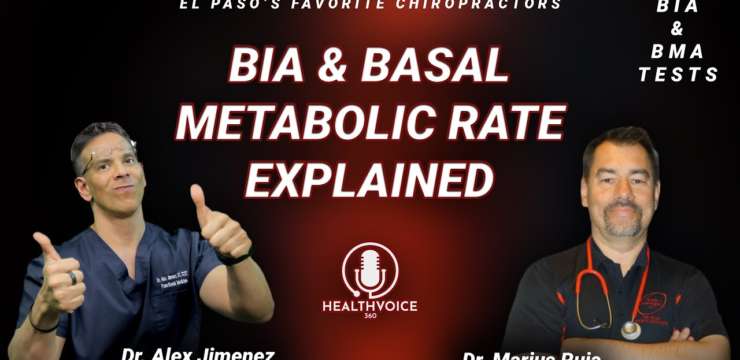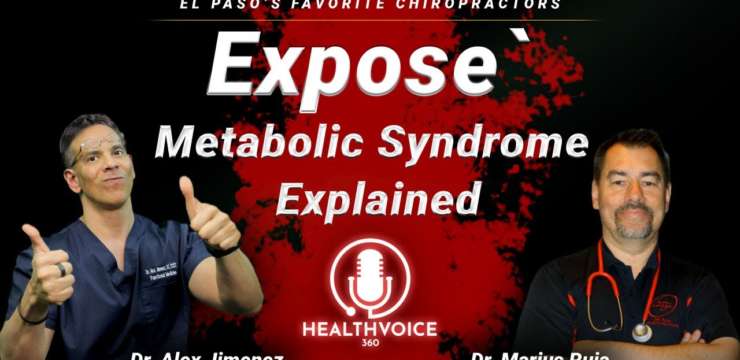Introduction In today’s podcast, Dr. Alex Jimenez DC* and Dr. Mario Ruja DC* explained what is basal metabolic rate, BMI, and BIA to the body…


Introduction In today’s podcast, Dr. Alex Jimenez DC* and Dr. Mario Ruja DC* explained what is basal metabolic rate, BMI, and BIA to the body…

The physiological activity and importance of the vagus nerve have let it into the spotlight as an alternative treatment for inflammatory bowel diseases. Indeed, the…

The sciatic nerve is formed through a combination of motor and sensory fibers based on the spinal nerves of the lower back L4 to S3,…

Introduction In today’s podcast, Dr. Alex Jimenez and PUSH Fitness owner, Daniel Alvarado discuss how PUSH was created and demonstrate how the right motivation can…

Muscle spasms also referred to as muscle cramps, are painful contractions and tightening of the muscles. They are common, involuntary, and unpredictable. Temperature drops and…

Introduction In today’s podcast, Dr. Alex Jimenez and his crew discuss the necessary antiviral strategies that the body needs to boost its own immune system.…

A neuromuscular massage is a form of manual massage used to release strained muscles. Strained areas are also known as trigger points that tend to…

Introduction In today’s podcast, Dr. Alex Jimenez and Dr. Mario Ruja discuss what metabolic syndrome is and the risk factors that associate with metabolic syndrome.…

A sports hernia is a soft tissue injury that happens in and around the groin area. It is a strain or tear of any soft-tissue…

Any job-related back injury can significantly complicate an individual’s life. Dealing with the pain, trying to figure out how to get things done while in…

Introduction In today’s podcast, Dr. Alex Jimenez and Push Fitness owner, Daniel Alvarado discuss the three points of weight loss as well as why is…

Taking it slow after spinal surgery is recommended to optimize a full recovery. What usually happens is that an individual starts feeling normal/better, so they…

Introduction In today’s podcast, Dr. Alex Jimenez, Health Coach Kenna Vaughn, and Astrid Ornelas discuss a variety of natural treatment methods and techniques in treating…

Kinesthesia is the body’s ability to sense movement, position, action, and location, also known as proprioception. An example is when moving the arm, the brain…

Introduction In today’s podcast, Dr. Alex Jimenez DC, Health Coaches Adriana Caceres and Faith Arciniega, Massage Therapist Amparo Armendáriz-Pérez, and Clinical Nutritionist Ana Paola Rodriguez…

Psoriatic arthritis can develop in individuals who have psoriasis, affecting various joints, especially the knees. Psoriasis is a skin condition that causes skin cells to…
Introduction The previous article talked about how photobiomodulation or low laser therapy can help improve the gut microbiome. Today’s article gives an in-depth look…